Categorie
- Iridologo (2)
- iridologia (226)
- Lettura degli occhi (3)
- Software QR (15)
- Blog (248)
- Illustrazione dell'iridologia (33)
- corso online di iridologia (54)
- iridologia (59)
- Mostra (2)
- Notizia (411)
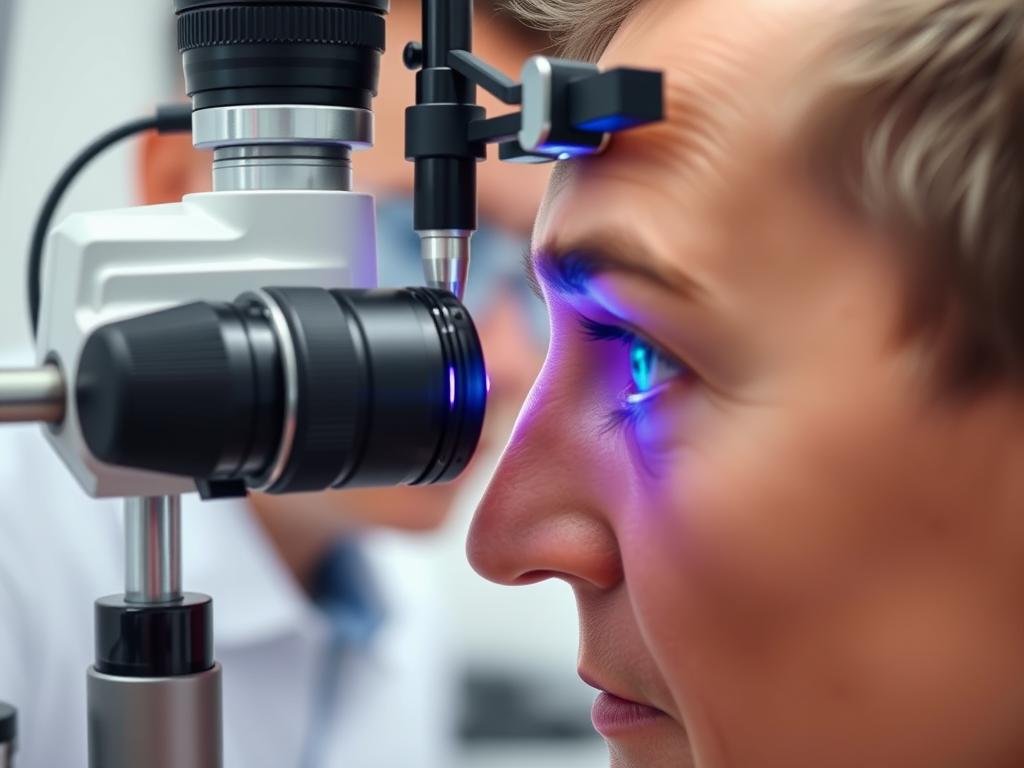
An iridologist is a specialized practitioner who examines the iris (the colored portion of the eye) using magnification equipment to identify various markings, patterns, and color variations. These visual indicators are mapped to different body systems and organs according to iridology charts, allowing practitioners to assess overall health status, identify potential weaknesses, and suggest preventative measures or complementary therapies.
| Numero | Service Type | Detailed Description |
| 1 | Comprehensive Iris Analysis | Detailed examination of iris structures to create a complete health assessment |
| 2 | Valutazione costituzionale | Evaluation of inherited traits and predispositions visible in the iris |
| 3 | Health Risk Screening | Identification of potential health vulnerabilities before symptoms manifest |
| 4 | Nutritional Guidance | Personalized dietary recommendations based on iris indicators |
| 5 | Lifestyle Counseling | Customized wellness advice aligned with constitutional strengths and weaknesses |
| 6 | Stress Pattern Analysis | Recognition of stress manifestations and emotional health indicators in the iris |
| 7 | Detoxification Planning | Development of personalized cleansing protocols based on toxicity signs |
| 8 | Digestive System Evaluation | Assessment of digestive function through corresponding iris zones |
| 9 | Immune System Analysis | Evaluation of immune strength and potential vulnerability patterns |
| 10 | Progressive Monitoring | Tracking health changes through sequential iris examinations |
| 11 | Herbal Therapy Recommendations | Suggesting specific botanical remedies based on iris findings |
| 12 | Educazione al cliente | Teaching clients about iridology principles and self-health management |
| 13 | Collaborative Care Coordination | Working with nutritionists, naturopaths, and other practitioners for integrated care |
| 14 | Formazione di iridologia | Providing basic iris reading instruction for health enthusiasts or professionals |
| 15 | Rapporti sulla salute completi | Creating detailed written assessments with personalized recommendations |
Download our “Complete Iridologist Career Guide” for detailed information about training resources, career paths, and industry trends.
Iridologists can work in diverse settings across the alternative and complementary health sectors. The following table highlights 15 common employment environments, demonstrating the versatility and adaptability of this profession in today’s holistic health landscape.

| Numero | Workplace Type | Typical Establishment Examples |
| 1 | Naturopathic Clinics | Integrative Medicine Centers, Naturopathic Doctor Offices |
| 2 | Alternative Medicine Centers | Holistic Health Facilities, Wellness Complexes |
| 3 | Private Practice | Independent Iridology Clinics, Health Consultation Studios |
| 4 | Health Food Retailers | Organic Grocery Chains, Natural Product Stores |
| 5 | Wellness Spas | Luxury Spa Resorts, Holistic Treatment Centers |
| 6 | Wellness Retreats | Health Vacation Destinations, Detoxification Programs |
| 7 | Traditional Medicine Practices | TCM Clinics, Acupuncture Centers |
| 8 | Nutritional Consulting Firms | Functional Medicine Practices, Nutrition Wellness Centers |
| 9 | Telehealth Services | Online Wellness Platforms, Remote Consultation Services |
| 10 | Health Education Institutions | Alternative Medicine Schools, Wellness Training Facilities |
| 11 | Corporate Wellness Programs | Employee Health Initiatives, Workplace Wellness Centers |
| 12 | Health Expos and Events | Wellness Conventions, Natural Living Exhibitions |
| 13 | Herbal and Supplement Shops | Natural Pharmacies, Botanical Medicine Stores |
| 14 | Research Organizations | Alternative Medicine Research Institutes, Integrative Health Studies |
| 15 | Mobile Health Services | Traveling Wellness Consultations, Community Health Events |
Iridologist compensation varies significantly based on location, experience level, practice setting, and client base. The following global comparison provides insight into earning potential across 15 countries where iridology has established professional recognition.
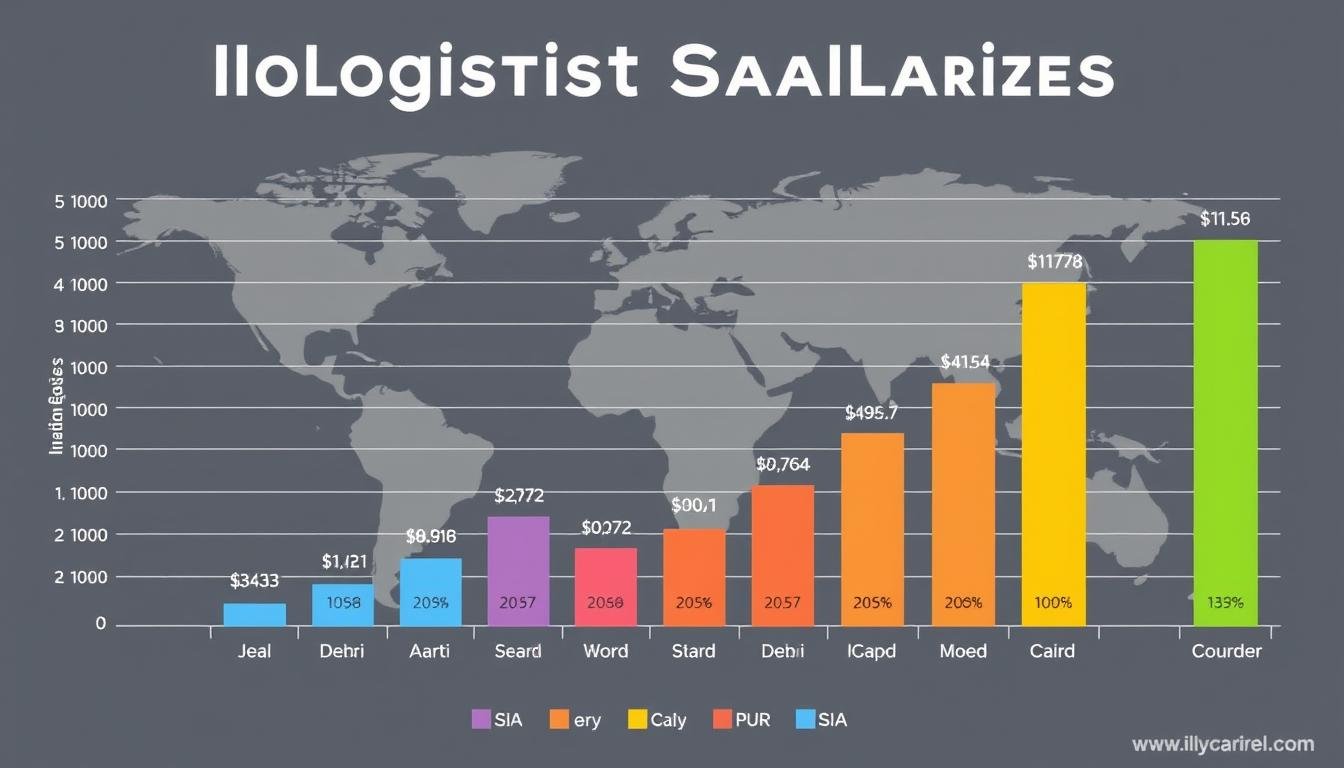
| Country | Average Annual Income (USD) | Income Range | Notes: Benefits/Work Arrangements |
| Stati Uniti | 48,000-68,000 | 38,000-95,000 | Predominantly self-employed, self-funded insurance, flexible scheduling |
| Cina | 28,000-42,000 | 20,000-65,000 | Higher earnings in tier-one cities, often integrated with TCM |
| Germania | 45,000-62,000 | 38,000-78,000 | Strong recognition of Heilpraktiker status, comprehensive social insurance |
| United Kingdom | 40,000-55,000 | 32,000-75,000 | Primarily private practice, not covered by NHS |
| Australia | 52,000-72,000 | 42,000-98,000 | High acceptance of alternative medicine, favorable working conditions |
| Canada | 42,000-62,000 | 36,000-82,000 | Some provincial health subsidies available |
| Switzerland | 65,000-90,000 | 55,000-115,000 | Premium market, partial insurance coverage possible |
| Giappone | 38,000-54,000 | 30,000-68,000 | Often combined with traditional medicine, stable employment |
| India | 18,000-32,000 | 12,000-48,000 | Frequently integrated with Ayurvedic practice, rapidly growing market |
| Brasile | 22,000-38,000 | 16,000-52,000 | Emerging alternative medicine market, mostly private practice |
| Francia | 38,000-52,000 | 32,000-68,000 | Good social security benefits, regulated working hours |
| Russia | 20,000-32,000 | 16,000-48,000 | Primarily in private clinics, growing market potential |
| Sudafrica | 28,000-42,000 | 22,000-58,000 | Growing alternative medicine sector, predominantly self-employed |
| New Zealand | 42,000-58,000 | 36,000-72,000 | High recognition of natural therapies, favorable working environment |
| Emirati | 55,000-78,000 | 45,000-105,000 | Premium market, tax-free income, often in luxury wellness centers |
Register for our free webinar to learn how to build a successful career in the field of iridology.
The field of iridology has been developed and refined by numerous dedicated practitioners throughout history. These visionaries have contributed research, methodologies, and educational frameworks that form the foundation of modern iridology practice. Below are profiles of influential iridologists from around the world who have significantly advanced this specialized field.
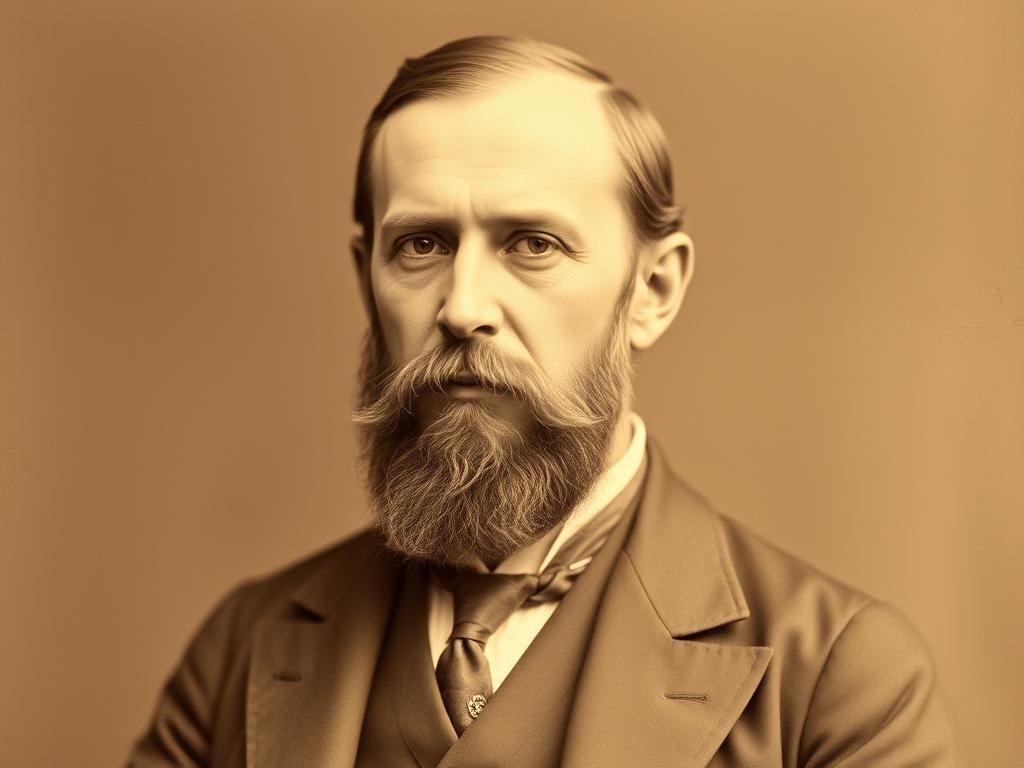
| Expert Name | Authority Rating | Country | Continent | Birth Year | Key Publication | Field Contribution Summary | Notable Recognition |
| Ignaz von Peczely | ★★★★★ | Hungary | Europe | 1826 | “Discoveries in the Field of Natural Science and Medicine” | Developed first systematic iris chart, founded modern iridology | “Father of iridology whose owl observation story launched a medical movement” |
| Bernard Jensen | ★★★★★ | Stati Uniti | North America | 1908 | “The Science and Practice of Iridology” | Created comprehensive iris charts, popularized iridology in America | “Pioneering figure who brought iridology into mainstream natural health practice” |
| Josef Deck | ★★★★☆ | Germania | Europe | 1914 | “Principles of Iris Diagnosis” | Established German methodical approach to iridology | “Developed systematic diagnostic methodology that influenced European practice” |
| Daniele Lo Rito | ★★★★☆ | Italia | Europe | 1952 | “Constitutional Iridology” | Integrated constitutional assessment with iris analysis | “Revolutionized understanding of genetic predispositions through iris patterns” |
| Harri Wolf | ★★★★☆ | Australia | Oceania | 1948 | “Integrated Iridology” | Developed holistic approach combining multiple natural therapies | “Pioneered integration of iridology with modern wellness concepts” |
| Ellen Tart-Jensen | ★★★★★ | Stati Uniti | North America | 1946 | “Through the Eyes of the Masters” | Preserved and expanded Bernard Jensen’s teachings | “Foremost authority continuing Jensen’s legacy with modern applications” |
| Mikhail Larin | ★★★★☆ | Russia | Eurasia | 1963 | “Russian School of Iridology” | Combined Russian traditional medicine with iridology | “Pioneered integration of Eastern European medical traditions with iris analysis” |
| Toni Miller | ★★★★☆ | Australia | Oceania | 1954 | “Iridology: A Practical Guide” | Developed simplified teaching methods for practitioners | “Made complex iridology principles accessible through innovative education” |
| Javier Griso | ★★★★☆ | Spagna | Europe | 1960 | “Mediterranean Iridology” | Integrated Mediterranean dietary principles with iris analysis | “Created unique synthesis of regional wellness traditions with iridology” |
| Akira Nakamura | ★★★★☆ | Giappone | Asia | 1958 | “Eastern Perspectives in Iridology” | Merged Japanese traditional medicine with Western iridology | “Bridged Eastern and Western diagnostic approaches through iris analysis” |
| Gustavo Ferreira | ★★★★☆ | Brasile | South America | 1965 | “Tropical Iridology Practice” | Researched environmental impacts on health through iris signs | “Pioneered understanding of tropical climate effects on constitutional patterns” |
| Farida Sharan | ★★★★☆ | India | Asia | 1962 | “Ayurvedic Iridology” | Integrated Ayurvedic doshas with iris constitutional types | “Successfully bridged ancient Ayurvedic wisdom with modern iris analysis” |
| John Andrews | ★★★★☆ | United Kingdom | Europe | 1950 | “Iris and Pupillary Signs” | Advanced research in pupil dynamics and neurological reflexes | “Expanded iridology beyond iris to include comprehensive eye diagnostics” |
| Christos Melas | ★★★★☆ | Greece | Europe | 1968 | “Constitutional Iridology and Nutrition” | Developed nutritional protocols based on iris constitutions | “Created influential nutritional frameworks based on iris assessment” |
| Juliet Dulce | ★★★★☆ | Philippines | Asia | 1970 | “Tropical Iris Patterns” | Researched unique iris patterns in Southeast Asian populations | “Documented previously unrecognized ethnic variations in iris structures” |
| Pierre Fragnay | ★★★★☆ | Francia | Europe | 1956 | “Iridology and Herbal Medicine” | Integrated French herbal traditions with iris analysis | “Created comprehensive botanical protocols based on iris indicators” |
| Nils Jonsson | ★★★★☆ | Sweden | Europe | 1952 | “Nordic Iridology” | Studied cold climate effects on constitutional expressions | “Pioneered understanding of seasonal light variation impacts on health” |
| Yvonne Gileadi | ★★★★☆ | Israel | Asia | 1966 | “Emotional Patterns in the Iris” | Researched psychological correlations with iris structures | “Expanded iridology into psychological assessment and emotional health” |
| Kwame Nkrumah | ★★★★☆ | Ghana | Africa | 1972 | “African Traditional Medicine and Iridology” | Integrated African healing traditions with iris analysis | “Pioneered iridology applications in African traditional health systems” |
| Lena Khalil | ★★★★☆ | Egypt | Africa | 1975 | “Ancient Wisdom, Modern Eyes” | Researched connections between ancient Egyptian medicine and iridology | “Bridged historical healing practices with contemporary iris assessment” |
The journey to becoming a qualified iridologist involves systematic education, practical training, and professional certification. Below is a recommended pathway outlining the key steps, required skills, and resources needed to establish yourself as a competent practitioner in this specialized field.
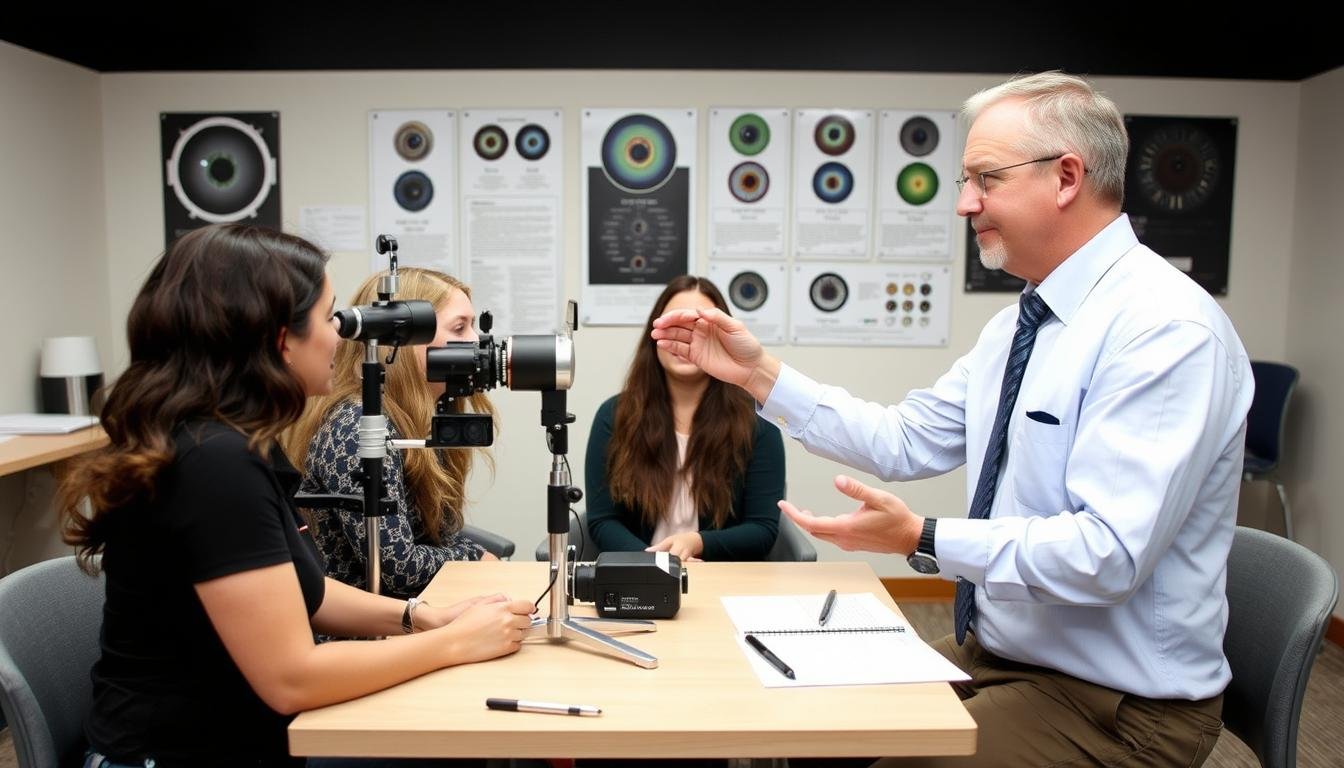
| Step | Stage Name | Time Required | Key Skills Development | Recommended Resources |
| 1 | Foundation Health Sciences | 6-12 months | Basic anatomy, physiology, and body systems understanding | Introductory medical textbooks, online anatomy courses |
| 2 | Iridology Fundamentals | 3-6 months | Iris mapping, basic pattern recognition, terminology | “Fundamentals of Iridology,” beginner iridology courses |
| 3 | Professional Iridology Training | 12-24 months | Advanced iris analysis, health assessment methodologies | Accredited iridology programs, professional training courses |
| 4 | Clinical Practice & Mentorship | 6-12 months | Case analysis, client communication, practical application | Supervised practice, mentorship programs, case studies |
| 5 | Professional Certification | 1-3 months | Comprehensive knowledge demonstration, practical skills verification | Certification exam preparation, practice assessments |
| 6 | Equipment & Tools Acquisition | 1-2 months | Technical proficiency, image analysis capabilities | Supplier training, equipment manuals, technical workshops |
| 7 | Practice Establishment | 3-6 months | Business management, marketing, client services | Small business courses, practice management guides |
| 8 | Continuing Education | Ongoing | Advanced techniques, research updates, complementary modalities | Professional journals, advanced workshops, conferences |
Explore our curated selection of accredited iridology certification programs with expert instruction and mentorship.
Selecting the right certification program is crucial for developing professional competency as an iridologist. The following comparison of 20 respected iridology training institutions worldwide will help you make an informed decision about where to pursue your education in this specialized field.
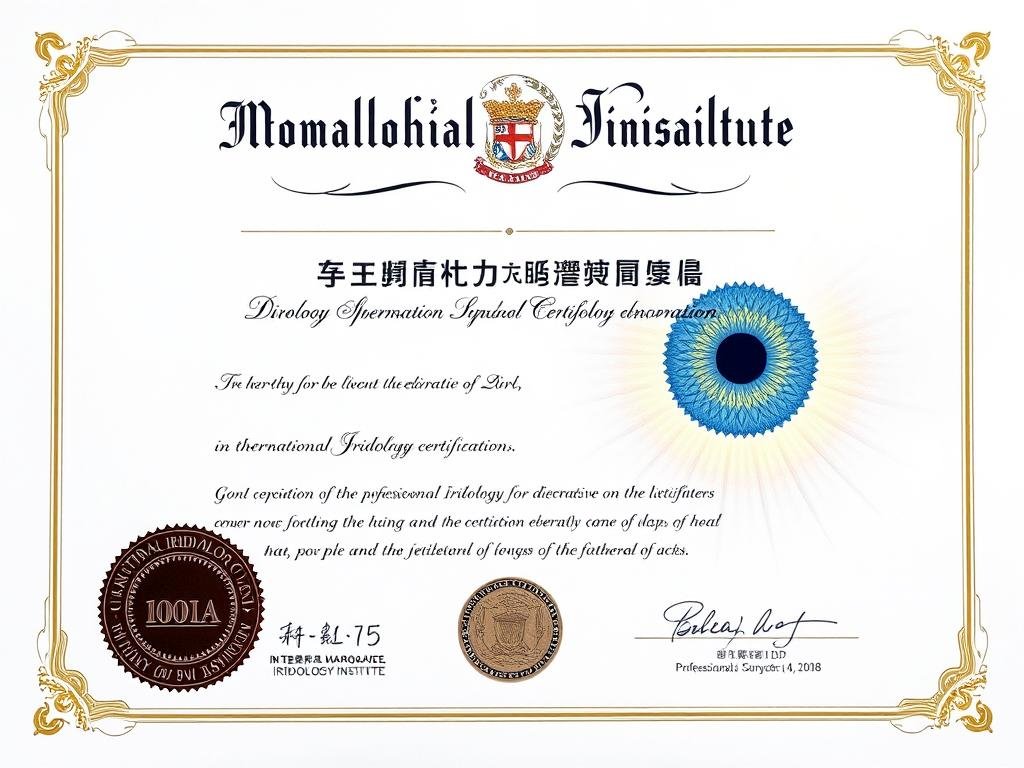
| Institution Name | Rating | Country | Languages | Founder | Established | Certification Levels | Program Duration | Cost Range (USD) | Student Feedback Keywords |
| International Iridology Institute | ★★★★★ | U.S.A. | English, Spanish | Ellen Tart-Jensen | 1979 | Basic, Advanced, Master, Instructor | 12-24 months | 2,800-5,500 | Comprehensive, practical, respected |
| European Institute of Iridology | ★★★★☆ | Germania | German, English | Josef Angerer | 1984 | Foundation, Professional, Advanced | 18-30 months | 3,200-6,200 | Rigorous, systematic, thorough |
| China Iridology Research Center | ★★★★☆ | Cina | Mandarin, English | Li Wei-Bing | 1992 | Basic, Intermediate, Advanced | 12-18 months | 1,800-3,800 | Practical, TCM integration, comprehensive |
| Australian College of Natural Health | ★★★★☆ | Australia | Inglese | Toni Miller | 1990 | Certificate, Diploma, Advanced Diploma | 12-24 months | 3,000-5,800 | Integrative, practice-oriented, professional |
| British Institute of Iridology | ★★★★☆ | Regno Unito | Inglese | John Andrews | 1982 | Foundation, Practitioner, Advanced | 18-24 months | 2,700-5,000 | Traditional, authoritative, systematic |
| Canadian Institute of Iridology | ★★★★☆ | Canada | English, French | Robert Morse | 1995 | Basic, Advanced, Master | 12-18 months | 2,400-4,800 | Integrative, nutrition-focused, practical |
| Indian Ayurvedic Iridology Academy | ★★★★☆ | India | English, Hindi | Farida Sharan | 1997 | Basic, Intermediate, Advanced | 12-24 months | 1,400-3,200 | Traditional, integrative, practical |
| Brazilian Natural Medicine College | ★★★★☆ | Brasile | Portuguese, Spanish | Gustavo Ferreira | 1999 | Basic, Professional, Instructor | 12-18 months | 1,700-3,500 | Practical, localized, integrative |
| Japan Iridology Association | ★★★★☆ | Giappone | Japanese, English | Akira Nakamura | 1994 | Basic, Intermediate, Advanced | 12-24 months | 2,200-4,200 | Precise, systematic, integrative |
| French Institute of Iridology | ★★★★☆ | Francia | French, English | Pierre Fragnay | 1992 | Basic, Professional, Advanced | 18-24 months | 2,700-5,200 | Traditional, herbal integration, professional |
| Swiss Academy of Iridology | ★★★★★ | Switzerland | German, French, English | Hans Mueller | 1987 | Basic, Professional, Expert, Instructor | 24-36 months | 4,200-8,500 | Precise, high-standard, authoritative |
| Russian Natural Medicine Academy | ★★★★☆ | Russia | Russian, English | Mikhail Larin | 1998 | Basic, Intermediate, Advanced | 12-24 months | 1,700-3,800 | Traditional, systematic, practical |
| South African Natural Health College | ★★★★☆ | Sudafrica | English, Afrikaans | Elizabeth van der Merwe | 2002 | Basic, Professional, Advanced | 12-18 months | 2,000-3,800 | Integrative, traditional, practical |
| Spanish Iridology Institute | ★★★★☆ | Spagna | Spanish, English | Javier Griso | 1993 | Basic, Intermediate, Advanced | 12-24 months | 2,200-4,200 | Clinical-oriented, professional, systematic |
| New Zealand College of Naturopathy | ★★★★☆ | New Zealand | English, Maori | Sarah Wilson | 1996 | Certificate, Diploma, Advanced Diploma | 12-24 months | 2,700-5,000 | Integrative, natural, professional |
| Italian Association of Iridology | ★★★★☆ | Italia | Italian, English | Daniele Lo Rito | 1989 | Basic, Professional, Instructor | 18-24 months | 2,400-4,800 | Traditional, systematic, professional |
| UAE Integrative Medicine Center | ★★★★☆ | Emirati | Arabic, English | Amir Hassan | 2006 | Basic, Intermediate, Advanced | 12-18 months | 3,200-6,500 | Modern, integrative, premium |
| Swedish Natural Health Academy | ★★★★☆ | Sweden | Swedish, English | Nils Jonsson | 1991 | Basic, Professional, Advanced | 18-24 months | 3,000-5,800 | Systematic, scientific, integrative |
| Dutch Iridology Institute | ★★★★☆ | Netherlands | Dutch, English | Olivia van der Meer | 1999 | Basic, Professional, Expert | 12-24 months | 2,700-5,200 | Psychological integration, professional, innovative |
| Mexican Traditional Medicine College | ★★★★☆ | Messico | Spanish, English | Carmen Rodriguez | 2003 | Basic, Intermediate, Advanced | 12-18 months | 1,700-3,500 | Traditional, integrative, practical |
Professional opinions vary regarding the necessity of formal certification in iridology. Below are insights from ten leading authorities in the field, offering their perspectives on why professional training and credentials matter for serious practitioners.
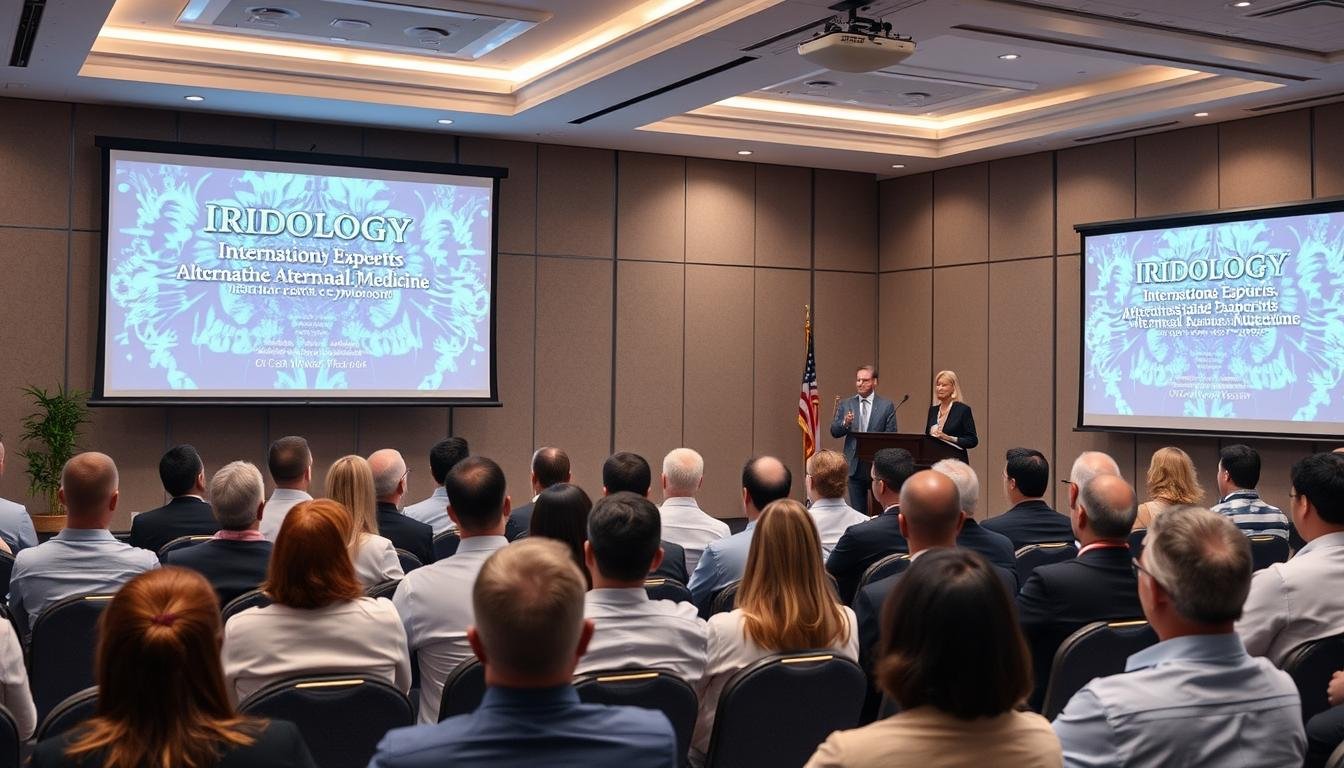
| Expert Name | Titolo | Core Argument | Direct Quote | Source |
| Ellen Tart-Jensen | President, International Iridology Institute | Certification ensures practice standards | “Without systematic training and certification, iridology practice lacks consistency and reliability. Professional credentials are essential for maintaining quality standards.” | The Science and Practice of Iridology, 3rd Edition |
| John Andrews | Director, British Institute of Iridology | Certification protects public safety | “Professional certification serves as a protective barrier for the public, ensuring practitioners possess necessary knowledge and ethical standards to prevent misdiagnosis and inappropriate advice.” | British Journal of Alternative Medicine |
| Toni Miller | Founder, Australian College of Natural Health | Certification elevates professional status | “Professional certification is a crucial step toward broader recognition of iridology, enhancing the field’s professional image and credibility in the healthcare community.” | Australian Integrative Medicine Conference |
| Daniele Lo Rito | President, Italian Association of Iridology | Certification integrates traditional and modern knowledge | “Professional certification not only teaches techniques but integrates traditional wisdom with modern science, providing practitioners with a comprehensive knowledge framework.” | European Natural Medicine Journal |
| Farida Sharan | Founder, Indian Ayurvedic Iridology Academy | Certification facilitates East-West integration | “Professional certification programs blend Eastern and Western medical wisdom, offering practitioners a more holistic health assessment perspective.” | International Journal of Integrative Medicine |
| Hans Mueller | Director, Swiss Academy of Iridology | Certification ensures technical precision | “Iridology requires precise observation and interpretation. Professional certification ensures practitioners master these critical skills for accurate health assessment.” | European Natural Medicine Conference |
| Javier Griso | Founder, Spanish Iridology Institute | Certification preserves traditional knowledge | “Professional certification is not merely learning techniques but preserving centuries of traditional knowledge, ensuring this valuable heritage continues.” | Spanish Journal of Alternative Medicine |
| Akira Nakamura | President, Japan Iridology Association | Certification ensures ethical practice | “Professional certification emphasizes not only technical skills but ethical practice, ensuring iridologists provide services within their scope of competence.” | Asian Natural Medicine Conference |
| Gustavo Ferreira | Director, Brazilian Natural Medicine College | Certification adapts to regional needs | “Professional certification should adapt to different regional health needs and cultural contexts while maintaining core principles and consistency.” | South American Alternative Medicine Journal |
| Nils Jonsson | Founder, Swedish Natural Health Academy | Certification supports research advancement | “Standardized professional training creates a common language and methodology that supports collaborative research and advancement of the field.” | Nordic Journal of Complementary Medicine |
Connect with iridology experts and practitioners worldwide to access the latest research, training resources, and career opportunities.
Iridology represents a unique approach to health assessment that continues to evolve alongside growing interest in preventative and holistic healthcare. As consumers increasingly seek personalized wellness strategies and complementary approaches to conventional medicine, qualified iridologists have opportunities to establish meaningful careers in this specialized field.
The profession’s future appears promising, particularly when practitioners pursue comprehensive education, obtain recognized certification, and integrate their services with other complementary modalities. While acceptance varies globally, the trend toward integrative healthcare creates space for well-trained iridologists who maintain professional standards and practice within appropriate scope. Whether you’re considering iridology as a career path or seeking to enhance your existing health practice, the information in this guide provides a foundation for making informed decisions about education, certification, and professional development in this fascinating field.
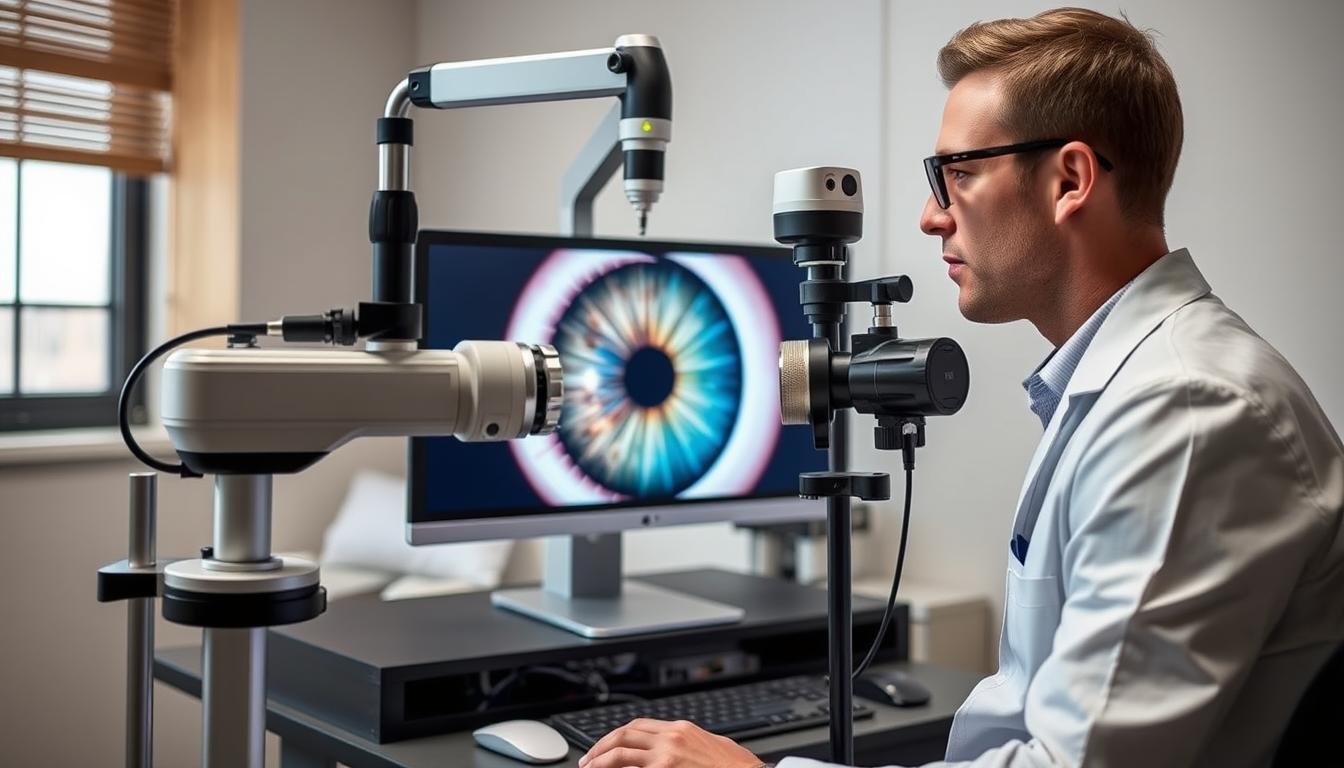
SOFTWARE MAIKONG IRIDOLOGIA Installazione e funzionamento
